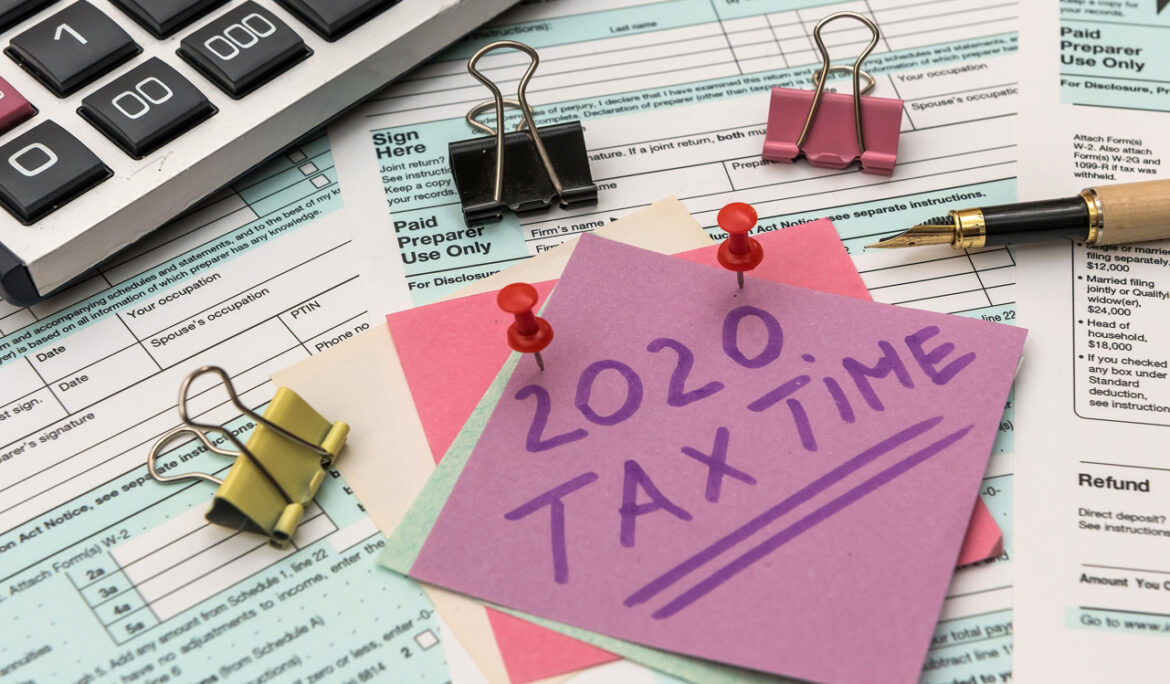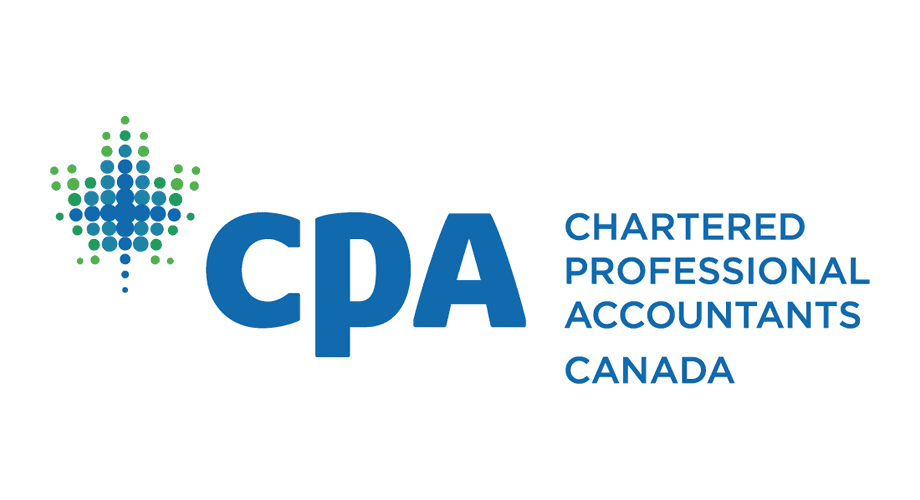Canada Emergency Response Benefit (CERB) is taxable to individuals while filing their 2020 personal tax returns

CERB has been received by six million Canadians who have been financially impacted during Covid-19 pandemic. However, individuals who have collected CERB payments during 2020, may need to pay tax when they file their 2020 personal tax returns. CERB payments are a taxable benefit as Canada Revenue Agency has not deducted any income tax at source from the payments made to individuals; this means that the recipients of CERB have received full $2000 for each period without paying any tax on it. The total amount received for CERB will be reported as income for 2020 personal tax filing. The maximum amount an individual could claim as a CERB entitlement is $14,000 for a total of seven periods till September 26,2020.
How will CERB be taxed for 2020 personal tax returns?
Early 2021, Canada Revenue Agency (CRA) will be issuing a T4A tax slip to each individual who has received CERB in 2020. The T4A slip will show the total amount of CERB payments to be reported in your 2020 personal income tax return. The amount of tax owing will depend on the recipient’s taxable income for 2020 based on their 2020 marginal tax rate. Total income can include pre-pandemic income, total CERB payments received and income if you returned to work after CERB. Basically, you must account for all sources of income during 2020 to access final tax obligation to CRA.
If your income was higher in 2020, the higher will be your tax rate. If your income was low before and after CERB, your marginal tax rate will be low and hence lower tax liability. However, if you had a higher paying job prior to COVID-19 and returned to work quickly you could be facing a larger than expected tax bill, as opposed to your typical refund.Please keep in mind that the BPA (basic personal amount) for 2020 tax year is $13,229 for individuals with a net income of $150,473 or less. This means that up to income $13,229, there is no federal tax payable. Basic personal amount provides a full reduction from federal income tax to all individuals with taxable income below the BPA. It also provides a partial reduction to taxpayers with taxable income above the BPA.
What are the tax impacts of CERB income?
Following various factors would affect your outstanding tax bill in 2021 if you received CERB income in 2020:
- How much was your pre-pandemic income?
- How much CERB income you have received in 2020?
- How much income you earned if you returned to work during the year?
- Employment and self employment income
- Taxes remitted to CRA by your employer if you were a salaried employee during 2020- T4 received by individual
- As self employed(sole proprietor), you owe taxes on your net income (Total self employment income minus expenses)
Let us take a few examples to explain three different situations:
Situation 1: Employment income-weekly and CERB amounts-weekly are same
John is a salaried employee at a restaurant. His employer calculates and remits his Income tax, CPP and EI to CRA each month and issues him a year end T4 slip.
John’s employment income and CERB income are same – $500 each week- $2000 a month. This means that the tax owing on his CERB income will be similar to the tax he would pay on his employment income. He stopped working due to reasons related to Covid 19. He then applied for CERB and got approved for period 1 starting March 15. He received CERB for 5 periods (20weeks) till August 1st and returned to work starting August 3rd.
Therefore, for 2020:
- John’s Employment Income – $16,000
- CERB Income for 20 weeks – $10,000
- Total Income – $26,000
John calculates his estimated tax payable by using 2020 tax calculator
- When John enters his employment and CERB income into a tax calculator, it shows that the total tax he’ll owe for 2020 is estimated at $3,524. Let us assume that his employer remitted $2,500 to CRA on his behalf as posted on his year end T4 slip; his final tax obligation to CRA would be estimated at $1,024.
Please note that any credits (for example – eligible medical expenses, charitable donations etc.) or deductions (for example – RRSP, professional / union dues etc.) might also reduce his taxable income, or the tax amount owing. There could be a refund claimed as well after the deductions and tax credits based on the scope of each client’s situation. For a list of tax credits and deductions; please refer to : https://www.canada.ca/en/revenue-agency/services/tax/individuals/topics/about-your-tax-return/tax-return/completing-a-tax-return/deductions-credits-expenses/deductions-credits-expenses.html
Situation 2: Employment income is higher than CERB
Assume John works at the airport and his employment income was higher in 2020 than CERB payments. John earned $45,000 working as a manager at Air Canada concierge.Due to Covid impact on Airline industry, he is laid off from his job. He applies for CERB as of June 7, 2020 and gets approved for it and receives CERB for 16 weeks. He returns to work afterwards in October. In 2020, John estimates his employment income to be $30,000 and $8000 in CERB income. His estimated total income is $38,000 for 2020.
His estimated total tax payable for 2020 is $6,810. This amount would be reduced by the payroll taxes paid on employment income during the year as reported on T4 slip. Employer remits payroll taxes on employee’s behalf to CRA. Let us assume that the taxes remitted to CRA on his employment income are $4,500. She still owes CRA the balance of $2,310.
Please note that any credits (for example – eligible medical expenses, charitable donations etc.) or deductions (for example – RRSP, professional / union dues etc.) might also reduce his taxable income, or the tax amount owing. There could be a refund claimed as well after the deductions and tax credits based on the scope of each client’s situation. For a list of tax credits and deductions; please refer to : https://www.canada.ca/en/revenue-agency/services/tax/individuals/topics/about-your-tax-return/tax-return/completing-a-tax-return/deductions-credits-expenses/deductions-credits-expenses.html
Situation 3: Self Employed Income & CERB
Assume John is a sole proprietor and earns approximately $60,000 a year from his catering business each year. Due to Covid, his business was hard hit, and he could not create any self-employed income. Therefore, he applied for CERB benefits. He received CERB benefits for 24 weeks . He earned $15,000 pre-pandemic self employment income and $10,000 after CERB as his self employment income. His self employment income is subject to expense deductions and he therefore calculates his estimated net self employment income to be $15,000. His CERB amount is $12,000. His total income is $27,000.
His estimated total tax payable for 2020 is $4,150. Unless John has made his own payroll tax instalment payments to CRA during the year, this amount is the total tax payable for 2020.
Please note that any credits (for example – eligible medical expenses, charitable donations etc.) or deductions (for example – RRSP, professional / union dues etc.) might also reduce his taxable income, or the tax amount owing. There could be a refund claimed as well after the deductions and tax credits based on the scope of each client’s situation. For a list of tax credits and deductions; please refer to : https://www.canada.ca/en/revenue-agency/services/tax/individuals/topics/about-your-tax-return/tax-return/completing-a-tax-return/deductions-credits-expenses/deductions-credits-expenses.html
How can you prepare for your 2020 taxes?
We recommend setting aside 20% of your CERB payment as a future tax obligation. It is always a great news if you owe less than anticipated tax payable, no tax payable or even a refund. Adopting this strategy will help you plan for your 2020 taxes, so you are not taken by surprise at the time of tax filing. Another step you can take to help prepare for any tax bill you might owe, is to prepare your tax return as soon as the forms become available in 2021. Although the taxes will not actually be due until the end of April, you will have more time to set funds aside. If you are feeling overwhelmed, a tax professional might be able to provide proactive advice about tax deductions and credits that may offer more efficiencies toward your estimated tax bill.
At Bajwa CPA, we are knowledgeable about the complexities of the Canadian Tax System and provide professional tax services in GTA. We work year-round to minimize your tax burden and provide personalized accounting, taxation and tax planning services to help you make smart tax decisions. We believe that client success is our success. Bajwa CPA professionally experienced team of Mississauga Tax Services can develop made-to-order tax planning strategies and click a link to learn more about Bajwa CPA tax planning services. Contact us today for any of your tax and accounting needs.
Disclaimer
The information provided in this blog post is intended to provide general information. You should consult with a tax professional to full determine the scope of your situation, Vaishali Bajwa and Bajwa CPA Professional Corporation shall not be held liable from usage of the information provided on this page.
ABOUT THE AUTHOR

Vaishali Bajwa
CPA, CGA
Vaishali Bajwa CPA, CGA is the founder of Bajwa CPA Professional Corporation who has years of extensive professional experience in public practice working with highly satisfied business and individual clients to ensure their taxes are minimized and accounting needs are fulfilled. Bajwa CPA mission is to provide valuable tax planning, accounting, and income tax preparation services in the Greater Toronto Area.





